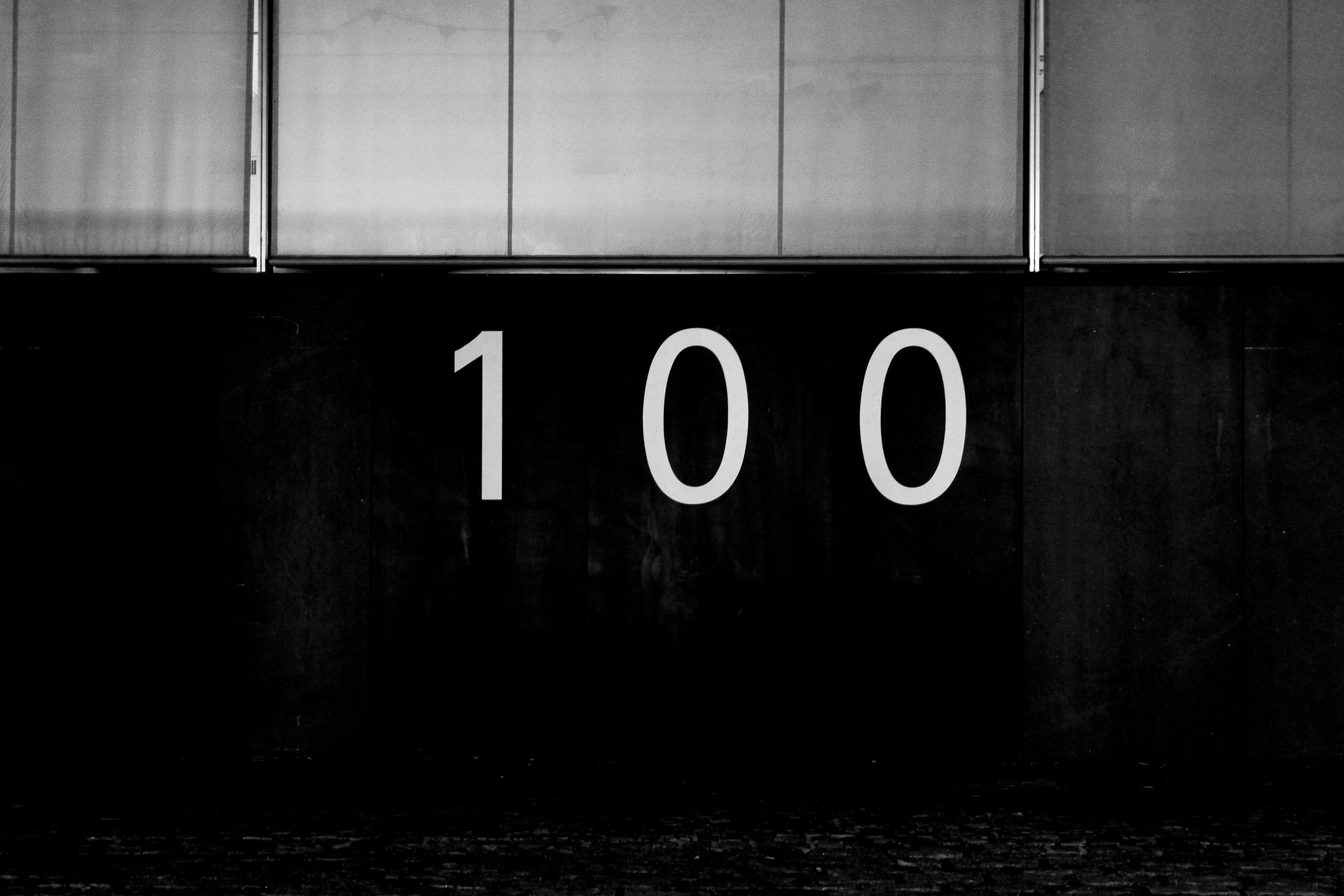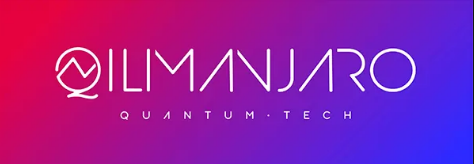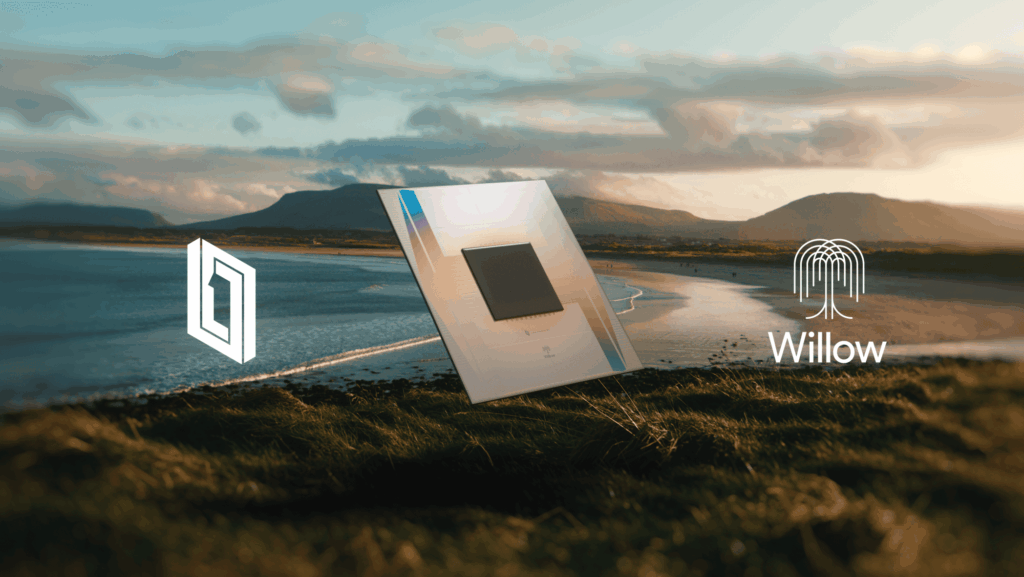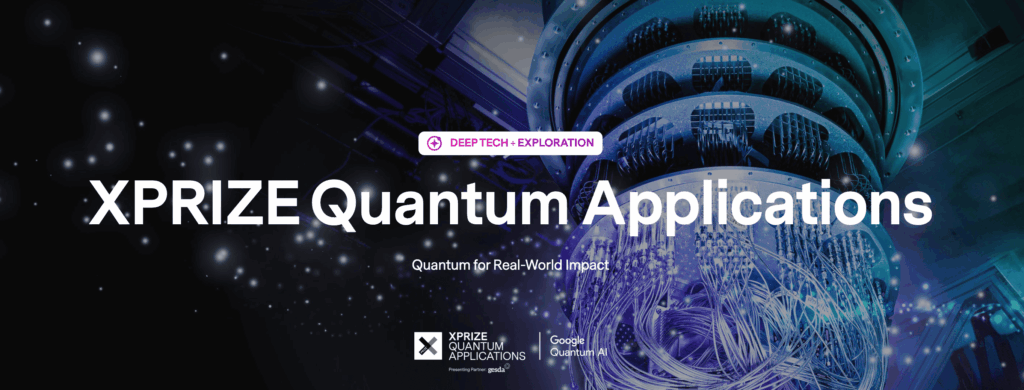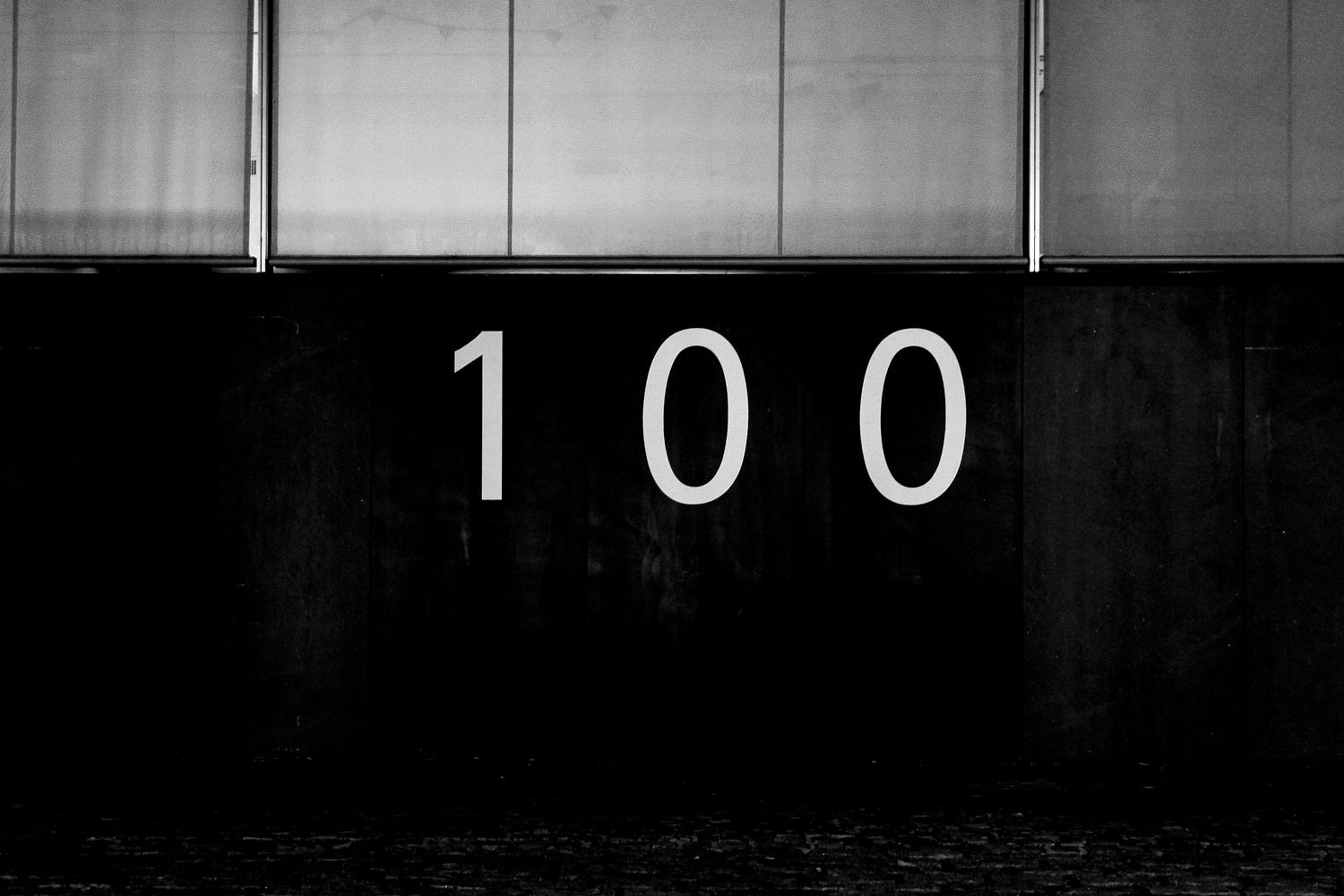
The Patient Ones
Most experts would agree quantum computers will change the technological landscape forever. Before all that, though, there needs to be an effective way to transfer quantum information — like with entangled pairs of photons, for example — to qubits.
With this in mind, researchers at the Stevens Institute of Technology, a private research university located a Hoboken, New Jersey, have achieved this by producing a chip-based photon source a hundred times more efficient than what was thought previously possible. This accomplishment could make quantum device integration a real possibility.
“It’s long been suspected that this was possible in theory, but we’re the first to show it in practice,” said Yuping Huang, Gallagher associate professor of physics and director of the Center for Quantum Science and Engineering.
So how did the team manage to create photon pairs?

First of all the researchers trapped light in meticulously sculpted nanoscale microcavities. From this, light entered and circulated within the cavity and the light’s photons resonated before splitting into entangled pairs. Yet such an approach is not without its disadvantages as it needs a flood of incoming laser light consisting of hundreds of millions of photons to achieve even a single entangled photon pair.
This is, unfortunately, quantum science for the very patient.
“This is a huge milestone for quantum communications,” said Huang, whose work appeared in the Dec. 17 issue of Physical Review Letters.
Quantum Laptops
Huang’s work, built on the foundation of the Stevens Institute’s prior research, has built high-quality microcavities into flakes of lithium niobate crystal that reflect photons with little loss of energy. This allows light to circulate for longer periods and interact with more efficiency. Helping him achieve this has been his graduate students Zhaohui Ma and Jiayang Chen.
On a system that can turn a single incoming photon into an entangled pair of outgoing photons, with little to no wasted energy during the trip, Chen said: “It’s definitely achievable. At this point, we just need incremental improvements.”
A period of reflection seems in order, a way ahead that will allow the team to work out how its photon-source IP can improve the overall technology of logic gates and eventually, the outcome of quantum computing (QC).
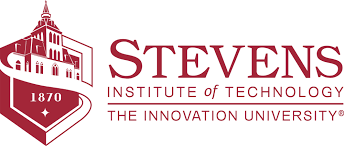
“Because this technology is already chip-based, we’re ready to start scaling up by integrating other passive or active optical components,” Huang commented on the current technological reality while also adding the team’s ultimate goal is […] “to bring quantum technology out of the lab, so that it can benefit every single one of us. Someday soon we want kids to have quantum laptops in their backpacks, and we’re pushing hard to make that a reality.”
Now isn’t that a future?
Huang’s work is proof it’s not just the MITs, Caltechs and Waterloos of this world that can have an influence on quantum information science’s path, but smaller, less well-known institutes like the Stevens Institute of Technology, too.
For more market insights, check out our latest quantum computing news here.

